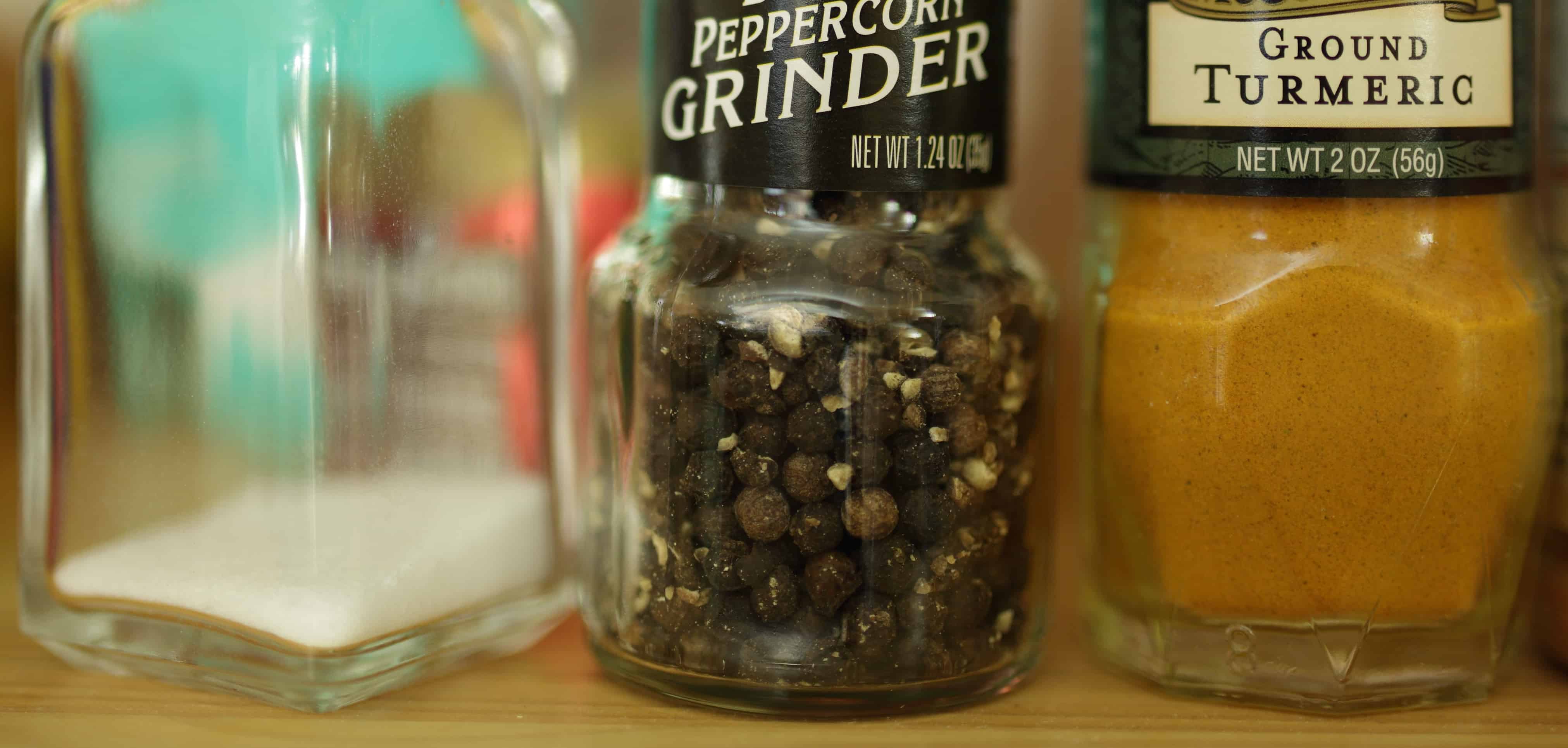Historians have come together tests showing these people–from time immemorial and from all over the world–they have used herbs, often in a sophisticated way. Cinchona bark quinine, for example, was used to treat the symptoms of malaria long before the disease was identified, and the raw ingredients in a common aspirin pill have been a popular painkiller for much longer than we had access to the pill. manufacturing machinery. In fact, many current pharmacological classes of drugs include a prototype natural product that we had originally discovered through the study of traditional cures and popular knowledge of indigenous peoples.
A plant from South Asia called adhatoda–from adu which means “goat” i little bit it means “not to touch” because it is so bitter that even goats will not eat it–it has compounds that help open our airways. Adhatoda tea, with its leaves impregnated with black peppercorns, has traditionally been used to treat asthma. I can see why tea would be made with this plant, but why incorporate black peppercorns? In 1928, scientists uncovered what the South Asians obviously already knew: adding pepper increases the antiasthmatic properties of the leaves of the adhatoda plant.
Table of Contents
Why black pepper with turmeric?
Turmeric spice from India, which gives curry powder its characteristic golden color, is so beneficial that my Daily Dozen recommends taking at least a quarter teaspoon every day. Why should we pair it with black pepper?
Key active ingredients
Curcumin in turmeric
About 5 percent of spice turmeric is made up of an active compound called curcumin, which is responsible for the bright yellow color of turmeric.
Piperine in black pepper
About 5 percent by weight of black pepper is including of piperine, a compound that gives the spice its spicy taste. Piperine is a potent inhibitor of drug metabolism. One of the ways in which our liver removes foreign substances is by making them water-soluble so that they can be excreted more easily. But this black pepper molecule inhibits this process.
How do turmeric and black pepper work together?
After an hour of consuming turmeric, we have a small increase in the level of curcumin in the bloodstream. We do not see a big increase because our liver is actively trying to get rid of it. Would taking just a quarter teaspoon of black pepper suppress this process? Indeed. Adding just a little black pepper, the bioavailability of curcumin shoots 2,000 percent, as I comment in more detail in my video Increased bioavailability of curcumin. Even a little pepper (1/20 of a teaspoon) can significantly increase curcumin levels. And guess what common ingredient is curry powder in addition to turmeric? Black pepper.
Other Ways to Increase Turmeric Benefits
When we consume curcumin in all its food form from turmeric root, either fresh or dried powder, Pigment absorption is also increased. Natural oils found in turmeric root and turmeric powder improve the bioavailability of curcumin seven to eight times. In addition, when eaten with fat, curcumin can be absorbed directly into the bloodstream through the lymphatic system, thus partially preventing the liver.
In India, this is exactly how turmeric is commonly used in cooking–with fat and black pepper. Amazing! Unfortunately, their traditional knowledge failed them with ghee, which is practically pure butter fat. This can be explain Relatively high rates of heart disease in India despite all the turmeric in their diet.
What is the use of turmeric?
What makes turmeric so healthy that it has a place in my daily dozen?
Treatment of ulcerative colitis: Curcumin appears to be a promising and safe drug with no reported side effects maintain remission in patients with quiescent ulcerative colitis.
Lupus treatment: A quarter teaspoon of turmeric has been shown to be effective for treatment of uncontrollable lupus nephritis (SLE)..
Osteoarthritis treatment: Turmeric may work as well or better than anti-inflammatory and analgesic drugs treatment of osteoarthritis of the knee.
Accelerated surgery recovery: In the weeks following surgery, it has been shown that curucmin causes a dramatic drop in pain and fatigue.
Alzheimer’s Treatment: A teaspoon of turmeric a day can be effective and safe for the treatment of the behavioral and psychological symptoms of dementia in patients with Alzheimer’s disease.
Fighting cancer: Curcumin has the ability to do this kill tumor cells and not normal cells. In addition, because it can affect many mechanisms of cell death at the same time, cancer cells may not easily develop resistance to curcumin-induced cell death as they do with most chemotherapy.
Enhanced endothelial function: The effectiveness of curcumin for increasing endothelial function it is comparable to that obtained with exercise. Therefore, regular curcumin intake could be a preventative measure against cardiovascular disease in postmenopausal women.
Prevention of diabetes in prediabetics: In a randomized, double-blind, placebo-controlled trial of people diagnosed with prediabetes in the group who received curcumin supplements, none went on to have full-blown diabetes after nine months. The group saw a significant improvement in fasting blood sugars, glucose tolerance, hemoglobin A1C, insulin sensitivity, and the function of pancreatic insulin-producing beta cells (measured in two ways). different) and insulin sensitivity. What if you already have diabetes? The same beneficial effects, and at a fraction of the dose.
Treatment of inflammation eye conditions: From conjunctivitis (pink eye) to uveitis to a low-grade form of non-Hodgkin’s lymphoma, turmeric shows spectacular anti-inflammatory effects.
What are the side effects of turmeric?
Gallstones
It takes about 40 milligrams to achieve a 50 percent contraction of the gallbladder, which prevents the bile from stagnating. If you have a stone that blocks your bile duct and you eat something that makes your gallbladder thinner, you may be seeing stars because of the pain! Patients with bile duct obstruction should be careful not to consume curcumin, but for all others, these results suggest that curcumin may effectively induce the gallbladder to empty and therefore reduce the risk of stone formation. gallbladder in the first place and ultimately even gallbladder cancer. .
Kidney stones
Too much turmeric can increase the risk of kidney stones. The spice is high in soluble oxalates, which can bind to calcium and form insoluble calcium oxalate, which is responsible for about three-quarters of all kidney stones. Those with a tendency to form kidney stones should restrict the intake of turmeric to one teaspoon a day.
How much turmeric and black pepper should you take daily?
With few drawbacks to culinary doses and a myriad of potential health benefits, I would suggest that you try to find ways to incorporate turmeric into your daily diet. I recommend consuming at least a quarter teaspoon of turmeric every day as part of mine Dozens daily checklist and flavor your dishes with black pepper for an extra touch and extra healthy benefits.


Comments are closed.